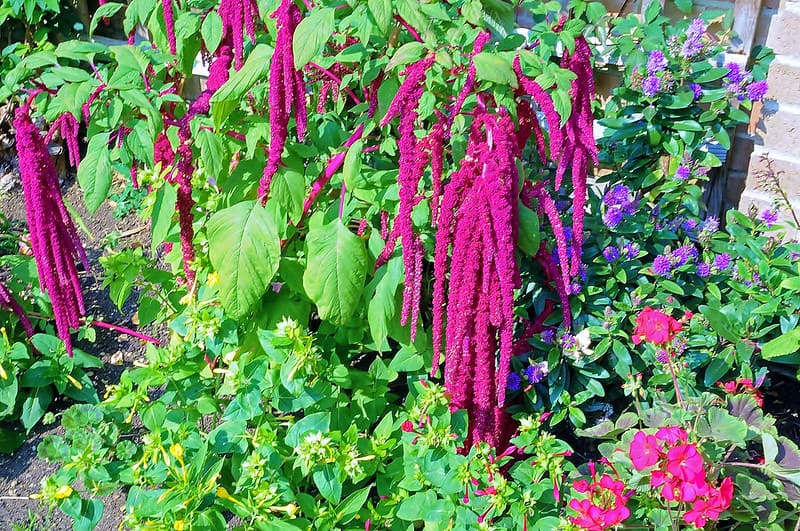Today we are going to talk about the Amaranthus Flower (Amaranth), we will show you how to care for it and the most important characteristics of this outdoor plant.
Amaranthus Flower is an outdoor plant that belongs to the Amaranthaceae family.
Scientific name: Celosia argentea var. feathery
Family: Amaranthaceae
Plant up to 70 cm tall
Rapid growth
Flowering: from August to October
Origin: Asia and Africa
Maintenance: easy
Substrate: specific for flower plant
Situation: full sun
There are different varieties and some of the varieties are edible.
The Amaranthus Flower (Amaranth) is an annual plant, which means, it is a plant that has a specific life cycle: when falls ends, the plant dies and it has the seeds that will have it, and the plant will sprout again.
As for the development and wingspan of this plant, it can reach large sizes but, above all, the most striking thing about this plant is the inflorescence.
Amaranthus Flower has very decorative inflorescences and is perfect for a flower bed.
Also during the fall, this plant manages to be even more decorative and it does stand out, from the other plants in the garden.
How to care for the Amaranthus Flower (Amaranth)
Reproduction of amaranth is done in a very simple way: you have to collect the seeds it produces at the end of flowering, these seeds germinate very quickly.
When they start to grow, it is recommended to gradually separate the different plants that come out.
Seeds sown in winter in a seedbed protected from the cold; the seedlings will then be placed in 10 cm diameter pots and planted in their final location in spring.
Within amaranth plants, different varieties can be found. Most of them are differentiated by the shape of the inflorescences or the flowering.
In addition, there is also a variety, better known as kiwicha, which is edible. It is a plant widely used in macrobiotic cuisine.
The kiwicha or amaranth has its origin in Peru. The seeds of this plant are practically insignificant but overall it is very interesting due to the size it can reach.
It is a variety of amaranth that easily reaches two meters in height and can even reach three meters.
In addition, a very striking aspect is that the plant, despite its height, remains upright. Its inflorescences can be of different colors: more reddish tones, greener tones, more pink tones, etc.
Amaranth is a plant widely used to make flower arrangements. Thanks to the decorative power of their blooms, they are perfect elements to decorate areas of the home or to make floral compositions.
In general, what is usually done is to cut a branch or stem and remove the leaves, leaving only the stem with all the flowering.
Amaranthus Flower are erect plants that can reach 70 cm high and have an alternate oval or lanceolate leaves and are very interesting from an ornamental point of view because they can present bright colors.
The flowers are tiny and appear in long reddish spikes that last a long time on the plant. They bloom in summer.
They are used for flower beds, next to a wall well protected from the cold and wind, in front of groups of bushes, to create colored spots in the garden or even in pots at least about 50 cm deep.
Some species such as Amaranthus hybridus (Quintonil) are consumed as food in countries like Mexico.
Amaranth needs sunny exposure, warm temperatures and protection from the wind.
The soil should be low in lime, well-drained and fresh. The transplant to the final place will be done in early spring.
Water frequently (in summer every day) but reduce the contributions of water in winter.
Fertilize the soil with organic matter (compost or manure) before planting.
To improve the coloring of the leaves, fertilizers can be made with foliar fertilizer every two weeks during the spring.
They do not need pruning but their spontaneous reproduction must be controlled since they can become invasive.
They are plants prone to attack by mites.
Hope this article was helpful,
